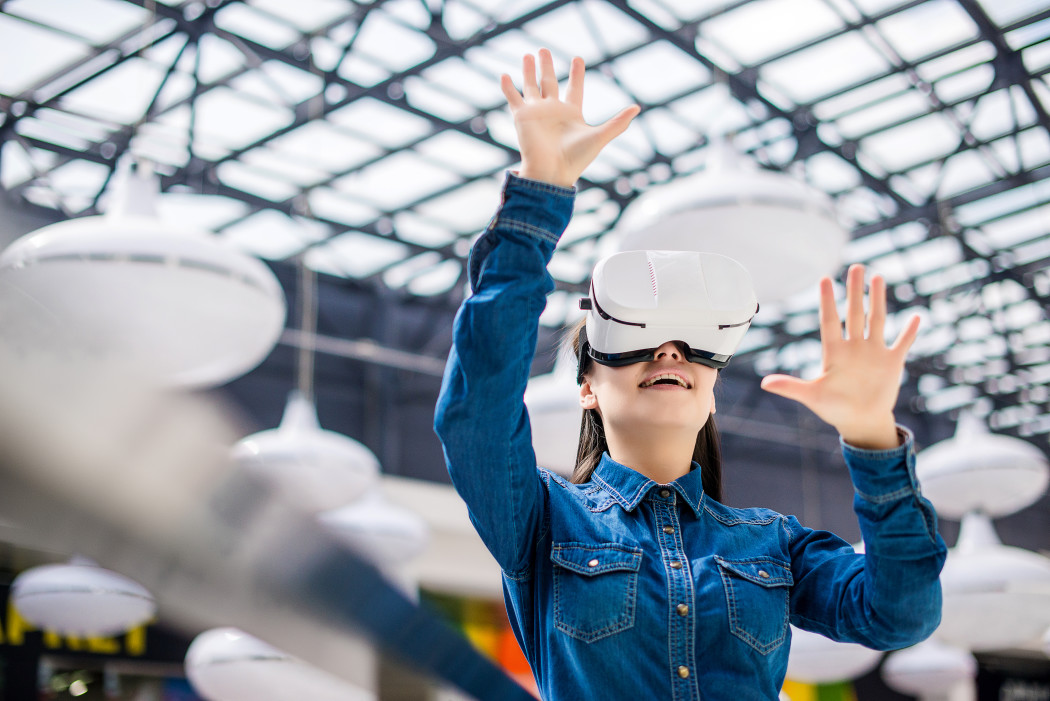This post was originally published by Janet Balis on LinkedIn.
CES 2018 offered yet another year of technological innovation – ranging from expected to unprecedented. There is no shortage of articles, videos and blogs highlighting the most exciting themes and trends from the event: connected consumer experiences, voice interfaces, robotics, 5G, and more (all underpinned by ubiquitous AI). And, unfortunately those words are almost used so often as to become cliché.
So, the question is: what are the meaningful implications of technology innovation?
Digital technologies are not in and of themselves the end point – they are the enablers of a connected future. And, in order to contemplate how they transform our human experiences and our business models, we must challenge ourselves to ask better questions. In doing so, we are more intellectually humble and honest in the face of an exciting but undefined future. A few questions we can ask:
Connected consumer experiences.
Across almost every major consumer-facing electronics manufacturer, the goal is essentially the same: to connect consumer experiences seamlessly. Past years at CES revealed point solutions which were best-in-class for that moment: flatter, higher resolution screens; wearable health trackers; electric “connected” toothbrushes – all individual devices connected to the Internet. But this moment connects them to each other – camera-enabled doorbells to kitchen appliances to entertainment systems to smart speakers – to create streamlined ecosystems for consumers in their homes and lives.
- How does a consumer navigate seamlessly across those individual ecosystems?
- Are consumers and businesses prepared to protect themselves sufficiently against privacy threats that increasingly target the capture of personal details and data?
- If each ecosystem begins to know us through our data, how portable is our data when we want to move between or across different ecosystems?
Frictionless interfaces.
Today the form factor of the interface of many technologies is itself still uncomfortable and awkward in the face of true human behaviors. We hold small rectangles to our ears to speak on phones. We enter most words into digital technologies by typing – on either a physical or digital keyboard. We explore the new excitement of VR often strapping large viewing devices to our heads. But clearly, natural language processing advancements and voice interfaces are beginning to remove friction from how we communicate our human needs to digital technologies.
- How quickly will natural language processing make the promise of voice-activated assistants exceed our expectations?
- What are the cultural norms we set with the often female voices that are the default settings of so many of the digital assistants?
- How quickly does the smooth nature of the interface accelerate the relationship between branded content experiences and commerce?
Robotics.
The combined impact of remarkable engineering and design with the power of data, AI and advanced software allow physical robots to increasingly move more naturally and operate more intuitively. From robotic pet dogs to therapeutic robots, technology is enabling a range of new entertainment, learning and emotional support experiences.
- Are we prepared to conceptualize our homes or workplaces inclusive of robots as we begin to complement our communities of humans?
- Are we prepared for the societal implications that arise when we co-mingle humans and robots seamlessly in our lives, such as having a robotic “nanny” assist with childcare?
- Can robots solve dramatically important challenges around health and safety and reduce the cost to care for people who need it most (e.g. the aging)?
5G.
A world with significantly greater wireless bandwidth capacity is not being discussed as an “if” but a “when”. 5G unlocks the value of connecting physical and digital environments. More bandwidth delivers the promise of autonomous vehicles and smarter cities, the true promise of IoT, dramatically faster video delivery, and connecting cars to roadways, all of which accelerate the volume of data created and analyzed exponentially.
- How much variance will there be in 5G availability across a global or regional footprint?
- What level of investment is required to create the 5G infrastructure? When will that capital be invested?
- At what point does wireless bandwidth compete legitimately against tethered bandwidth? In other words, at what point does wireless potentially cannibalize cable- or satellite-provided Internet connectivity?
The future will increasingly require us not only to appreciate the new features of innovative technologies, but also to challenge ourselves around the critical implications of how those innovations come together – in our lives as consumers, for businesses, within industries and across them. The dialogue only gets more interesting as these new opportunities unfold.
